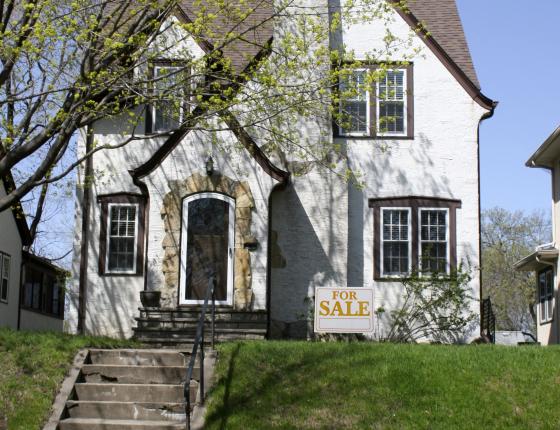Update: October 2021
Most single-family housing stock built before 1990 requires one or more weatherization upgrade to meet current standards, which would lead to an average of 20% savings in natural gas use. Including exterior insulation and window updates during strategic times like home renovation can provide up to an additional 40% savings. Still, conventional weatherization measures typically remain the most cost-effective building envelope upgrade. Cost-effectiveness and energy savings vary substantially from building to building in the existing housing stock; however, high-performance envelope retrofits are highly cost-effective on about 10% of the existing building stock. Future work must focus on differentiation to identify buildings and projects that maximize both potential energy savings and cost-effectiveness.
Overview
Heat loss through the envelope of existing single-family homes is the largest energy burden faced by buildings in Minnesota. This market study will define enhanced envelope retrofit packages and identify opportunities to strategically leverage existing market channels to reduce these envelope losses. Single-family home construction in Minnesota uses more than double the energy for space heating than the national average, because Minnesota has more cold days.
While the advent of the statewide energy code in 1976 has led to dramatically reduced loads on new construction, over 55% of all homes today were built before that, and 85% were built before 1990, when builders began to seriously consider air tightness. Envelope upgrades that bring the existing residential buildings up to the insulation and air tightness levels prescribed by current code represent the largest building energy efficiency opportunity in Minnesota.
This study will identify and quantify new opportunities and market channels that can incorporate existing residence envelope retrofits at lower incremental cost, thereby offering existing buildings a feasible pathway to high performance. This proposed work will determine the efficiency potential and market characteristics of these retrofit opportunities. In particular, this study will assess bulk retrofit opportunities with housing authorities, as well as potential new channels including time-of-sale or time-of-renovation markets, and on-bill or long-term financing. The study will quantify the ability to leverage these opportunities and improve the cost effectiveness of high-performance envelope retrofits.
Project Summary
Objective
The goal of this project is to complete an assessment of opportunities for state-of-the-art, high-performance envelope retrofits on existing single-family homes.
Scope
- At least 50 interviews with practitioners in relevant fields.
- Suggest market opportunities and pathways forward based on research results.
- Incorporate and collaborate with ongoing national work.
Non-energy benefits
- Increased home value
- Improved indoor air quality
- Improved comfort
